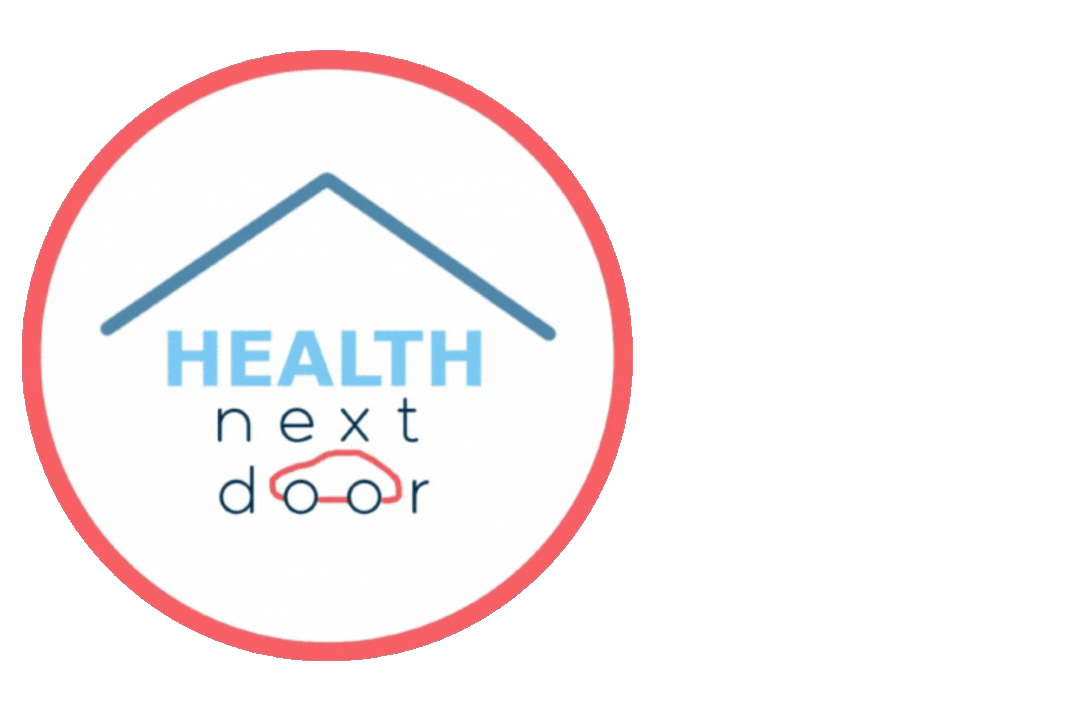What are the Best Physiotherapy Techniques for Children with Autism Spectrum Disorder?

Introduction
Autism Spectrum Disorder (ASD) affects children in various ways, including challenges in communication, social interactions, and repetitive behaviours. Physiotherapy can play a vital role in improving the quality of life for children with ASD by addressing physical challenges, enhancing motor skills, and supporting sensory integration. At Health Next Door, we are committed to providing tailored physiotherapy services that meet the unique needs of each child. Here are some of the best physiotherapy techniques for children with autism spectrum disorder.
1. Sensory Integration Therapy
What It Is: Sensory Integration Therapy helps children with ASD process and respond to sensory information more effectively. This technique involves activities that stimulate the senses, including touch, balance, and movement.
Benefits: Improves sensory processing, reduces sensory overload, and enhances overall motor skills.
Techniques: Swinging, bouncing on a therapy ball, tactile activities like playing with textured materials, and balance exercises.
2. Gross Motor Skill Development
What It Is: Gross motor skills involve large muscle movements such as walking, running, and jumping. Many children with ASD experience delays in developing these skills.
Benefits: Enhances coordination, strength, and overall physical health.
Techniques: Obstacle courses, jumping games, balance beam activities, and structured play that encourages running, climbing, and other large movements.
3. Fine Motor Skill Enhancement
What It Is: Fine motor skills involve smaller movements, particularly those involving the hands and fingers, such as grasping and manipulating objects.
Benefits: Improves hand-eye coordination, dexterity, and the ability to perform daily tasks like writing and dressing.
Techniques: Activities that involve threading beads, building with small blocks, drawing, cutting with scissors, and playing with putty or clay.
4. Postural Control and Stability
What It Is: Many children with ASD struggle with maintaining proper posture and stability, which can impact their ability to sit, stand, and move efficiently.
Benefits: Enhances core strength, balance, and overall stability, leading to better posture and movement.
Techniques: Core-strengthening exercises, balance training on unstable surfaces, and exercises that focus on aligning the spine and pelvis.
5. Aquatic Therapy
What It Is: Aquatic therapy involves exercises performed in water, which provides resistance and support, making it an excellent medium for physiotherapy.
Benefits: Reduces the impact on joints, provides a soothing sensory environment, and enhances overall strength and coordination.
Techniques: Water walking, gentle swimming, water aerobics, and games that involve moving and balancing in water.
6. Social Skills Development
What It Is: Physiotherapy can also incorporate social skills training, which is crucial for children with ASD who often face challenges in social interactions.
Benefits: Enhances the ability to engage with peers, follow instructions, and participate in group activities.
Techniques: Group therapy sessions, team sports, cooperative play activities, and games that require taking turns and following rules.
Conclusion
At Health Next Door, we understand that each child with autism spectrum disorder is unique, and so are their therapeutic needs. Our skilled physiotherapists work closely with families to develop personalised treatment plans that address the specific challenges and goals of each child. By incorporating these best physiotherapy techniques, we strive to improve the physical abilities and overall well-being of children with ASD, helping them lead more active and fulfilling lives.
For more information on our services or to schedule an appointment, please contact Health Next Door today.


.png?width=50&height=50&name=WhatsApp_Image_2024-03-29_at_13.48.58_f7740a48__1_-removebg-preview%20(1).png)